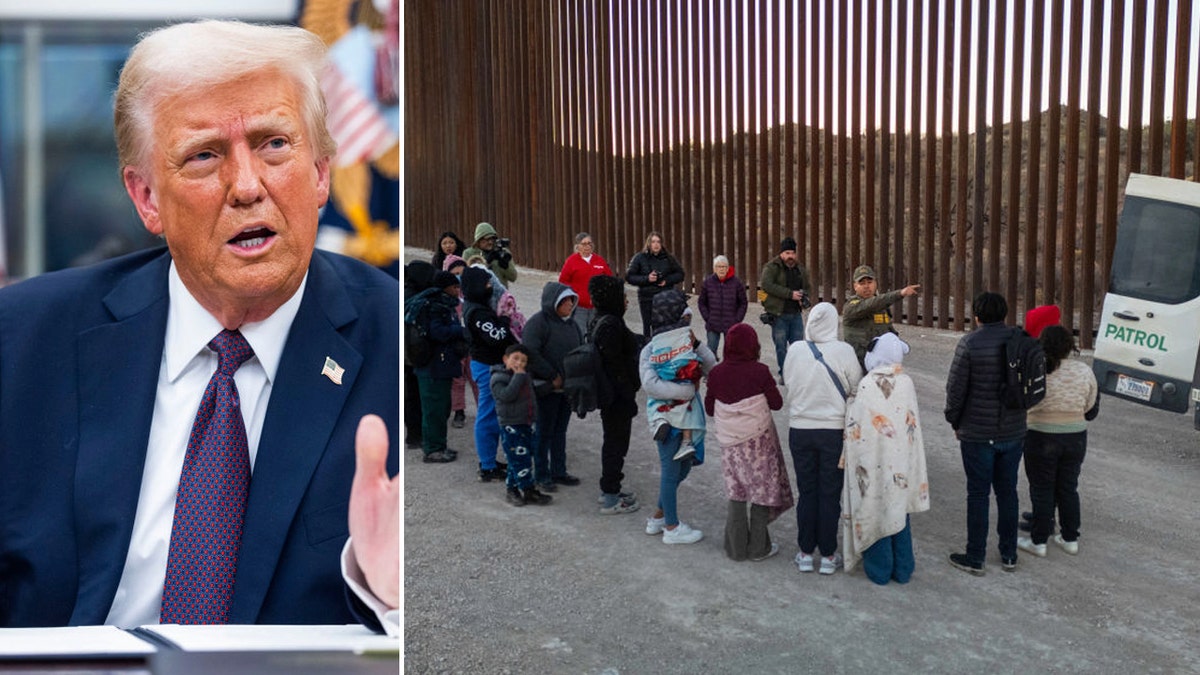Worldwide efforts to vaccinate children against serious illnesses like measles and diphtheria saw a rebound in 2022 after a significant drop due to the COVID-19 pandemic, according to recent data from the World Health Organization (WHO) and UNICEF. While this recovery is a positive sign, it's not uniform across the globe. Progress in larger, lower-middle income nations like India and Indonesia masks persistent issues in many smaller, less affluent countries.
In 2022, 20.5 million children missed at least one routine vaccination, an improvement from the 24.4 million in 2021. However, this number still exceeds the 18.4 million children who lacked full protection in 2019. These figures, estimated from 183 countries, are based on the diphtheria, tetanus, and pertussis (whooping cough) three-dose vaccine uptake. They include children who received no vaccines and those who missed necessary doses.
Global vaccination coverage was at 86% before the pandemic and reached 84% in 2022.
While WHO Director-General Tedros Adhanom Ghebreyesus called the progress "encouraging," he also highlighted concerns about vulnerable populations being left behind, emphasizing that lagging vaccination rates have dire consequences for children.

Of the 73 countries experiencing substantial vaccination coverage declines during the pandemic, 34 have shown no improvement or have even regressed, including nations ranging from Angola to Syria. Fifteen countries have returned to pre-pandemic levels, and 24 are showing signs of recovery, according to the WHO and UNICEF.
Measles vaccination rates have been slower to recover. In 2022, 21.9 million children missed their first dose – 2.7 million more than in 2019 – and 13.3 million missed their second. Concerningly, measles coverage in low-income countries continued to decline in 2022, reaching 66% compared to 67% in 2021, according to Kate O'Brien, WHO head of immunization. This decline is particularly alarming given the rise in measles outbreaks. O'Brien stressed the life-threatening consequences of unvaccinated children, emphasizing the potential for preventable deaths.
Only the HPV vaccine, which prevents cervical cancer, has returned to pre-pandemic levels. However, it still falls short of the 90% target, with 67% coverage in high-income countries and 55% in low and middle-income countries where it's available.
The WHO and UNICEF, in collaboration with Gavi, the Bill and Melinda Gates Foundation, and other partners, launched an initiative earlier this year to support countries in catching up on childhood vaccinations.








